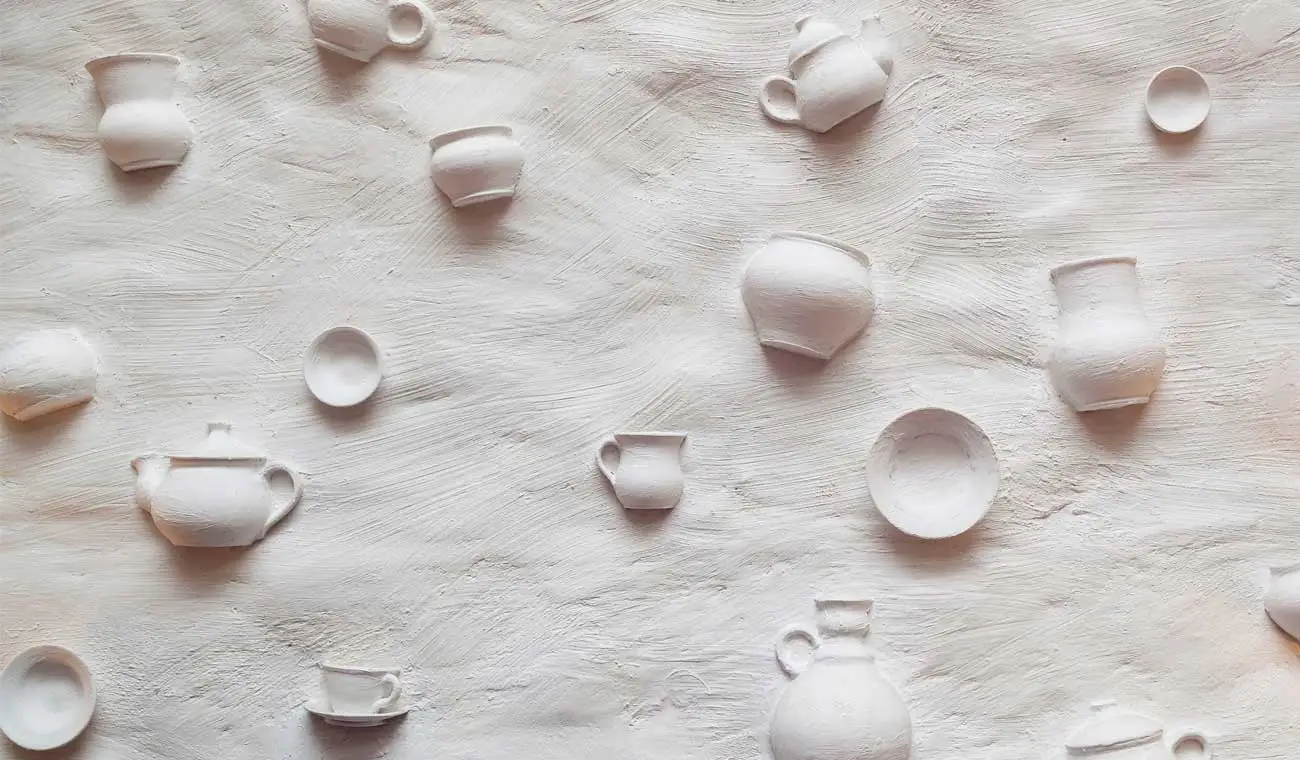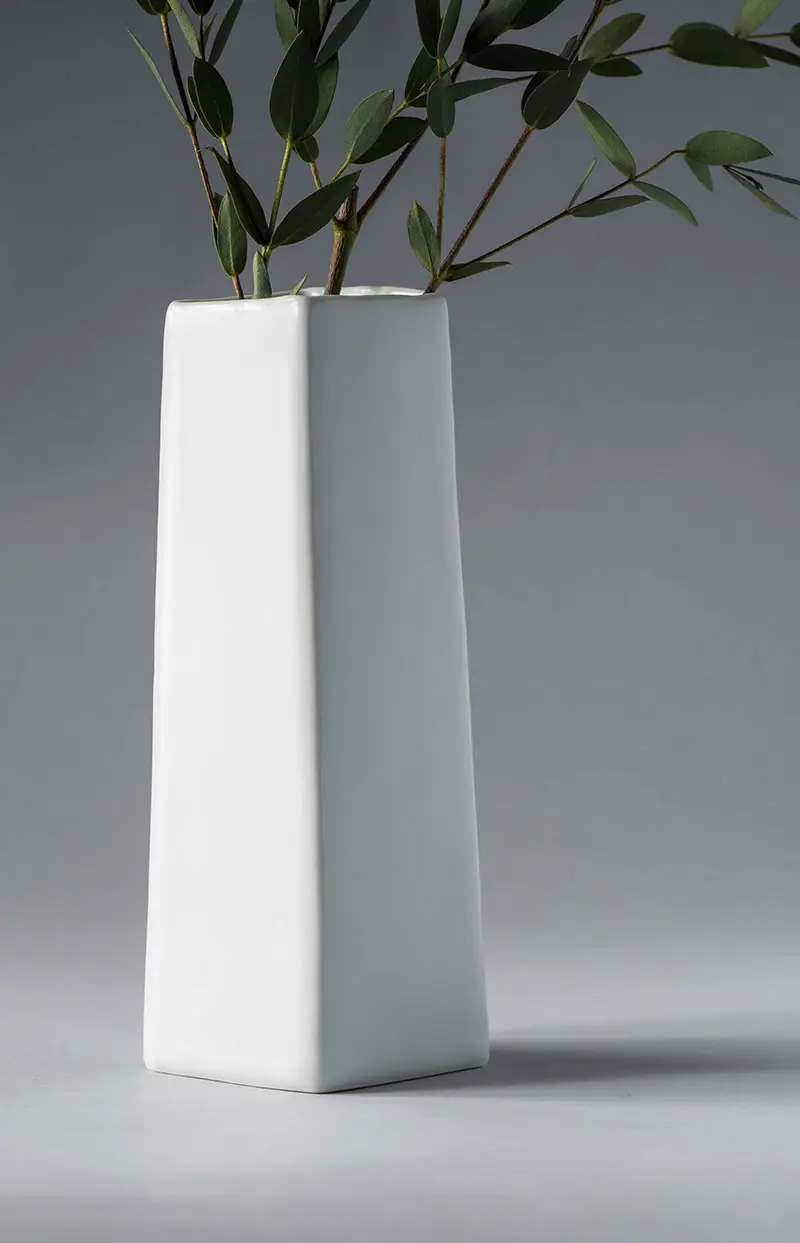If you’d like to try an alternative to classic porcelain, then Tonda is the perfect complement to your home.
If you’d like to try an alternative to classic porcelain, then Tonda is the perfect complement to your home.

Creating a clay teapot is a rewarding process that combines artistry, craftsmanship, and functionality. At Ceramica Nicea, we celebrate the beauty of handmade ceramics and encourage you to explore the art of crafting your own teapot. The process begins with preparing the clay, ensuring it is well-kneaded to remove air bubbles and achieve a smooth consistency. Using techniques like pinch potting or slab building, you can shape the body of the teapot, carefully forming its walls to ensure even thickness. This foundational step sets the stage for a durable and aesthetically pleasing piece.



Once the body is formed, attention shifts to the spout, handle, and lid—key elements that define both the functionality and character of the teapot. The spout is typically crafted by rolling and shaping a coil of clay, then attaching it securely to the body using scoring and slip techniques. Similarly, the handle is shaped into an ergonomic form and affixed with precision to ensure stability. The lid, often crafted from a slab of clay, can be designed with decorative elements or a simple knob for easy handling. These components not only enhance the teapot’s usability but also provide opportunities for creative expression.
The final stages involve refining details, drying, and firing. Smooth out any imperfections with tools or your fingers to achieve a polished look. After allowing the teapot to dry completely—air drying for 48 hours or more—it can be fired in a kiln for durability. For those without access to a kiln, air-dried pieces can be painted with acrylics for decorative use. Whether functional or decorative, a handmade teapot reflects your personal style and connects you to the timeless tradition of ceramic art. At Ceramica Nicea, we celebrate these moments of creativity that bring beauty and craftsmanship into everyday life.
